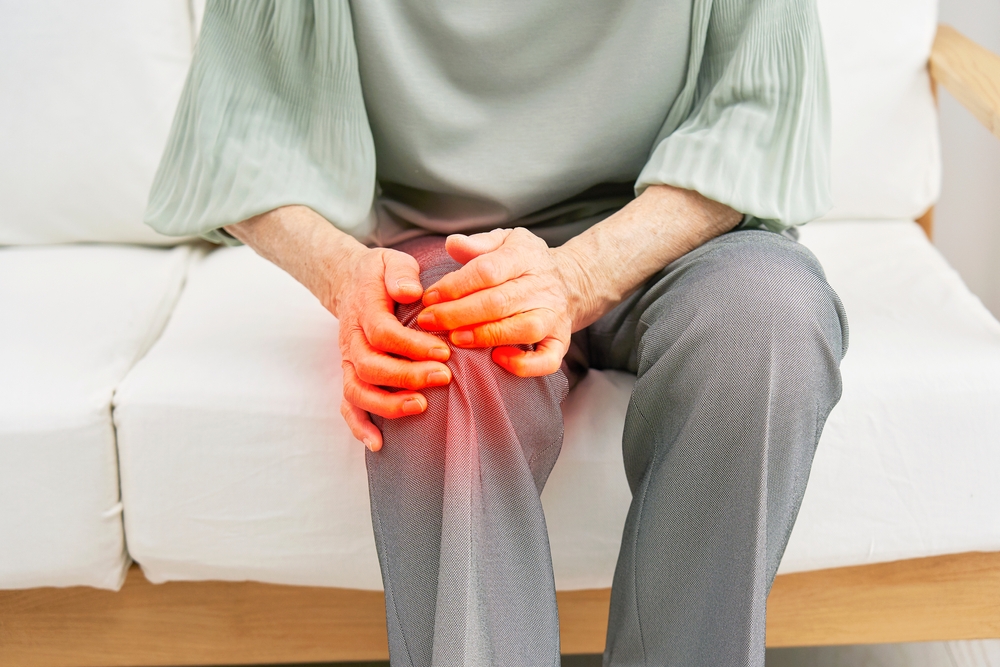Hip Replacement Failure: How Long Does a Hip Replacement Last?

If you’ve had your hip replaced, you may be thinking that all of the pain and suffering and surgery is behind you. Unfortunately, hip replacements don’t last forever, so even if you’ve had one, you may start to notice hip replacement failure symptoms.
Signs of Hip Replacement Failure
For some wondering “How do I know if my hip replacement is failing?,” the first sign of trouble is pain. It can be difficult to walk any distance without pain. You may also experience swelling around the joint and hip area. Another sign to watch for are lumps on your hip.
If your hip replacement is failing, you might also hear a squeaking noise when you walk, and you’ll be able to feel that your hip has dislocated from its typical position.
For some, however, there are no hip replacement problems/symptoms, but this is the exception and not the rule.
Why Do Hip Replacements Fail?
There are several causes of hip replacement failure, but the most common reason is that the replacement becomes loose over time. In addition, you can get an infection in the hip replacement or damage to the bone that surrounds the implant.
Finally, the implant can break or simply wear out. Regardless of the reason, when it comes to how long does a hip replacement last, on average they only last about 20 to 25 years. Although some will fail long before that.
Activities to Avoid After Hip Replacement
There are some things you can’t do after a hip replacement. In fact, there are 3 movements you should avoid. Otherwise, you may dislocate your hip replacement. These include the following:
- Crossing your leg with your new hip over your other leg. Most likely, you will be given a wedge pillow to use while you sleep. This will help keep you from crossing your legs in this position during sleep, but you want to avoid it while awake as well.
- Rotating your toes inwards. In other words, you don’t want to walk pigeon-toed. This causes your hip to rotate inwards, and this can cause your new hip to be dislocated. Keep your toes straight or rotated outwards when you are walking, sitting, or even lying down.
- Don’t lift your knee too high. You don’t want to flex your hip past a 90-degree angle. This means you don’t want your thigh to be parallel to the floor. It should always remain lower. In other words, you don’t want to bend over while sitting down to put on your socks or bring your knee up too high either.
While it is true that you may lose a little range of motion after hip replacement, the reduction of pain and the increased mobility more than make up for it. Even so, it is important to watch for the signs of a failing hip replacement and see your doctor as soon as possible. This can save you a lot of pain and trouble down the line.
Subscribe
Date: July 26, 2018


